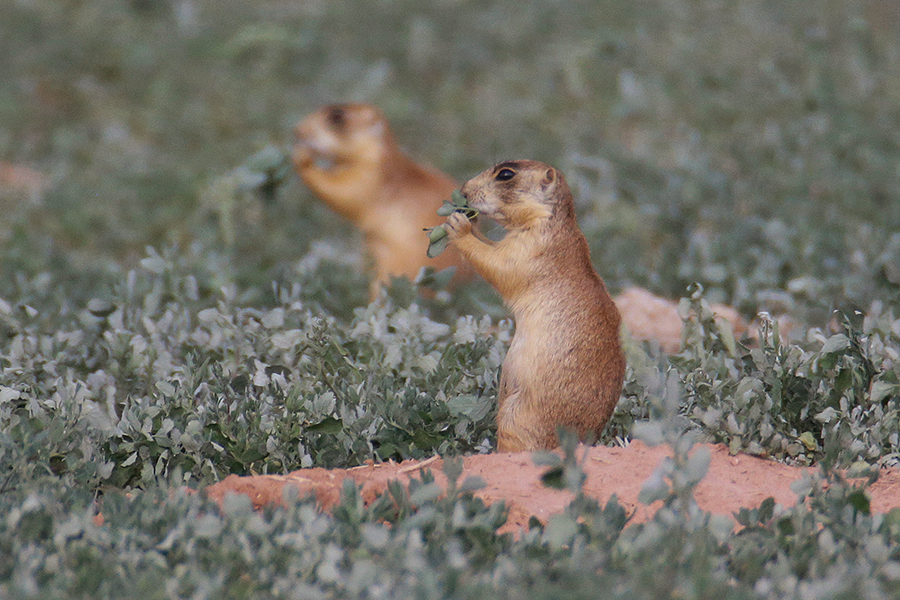Prairie dogs win major victory in court
Loading...
Every dog has its day, and prairie dogs are no exception.
The Denver-based 10th Circuit Court of Appeals ruled in favor of protecting the threatened Utah prairie dog, strengthening precedent that the federal government has the authority to override state law regarding the regulation of endangered species. Environmentalists cheered the decision, which was met with frustration by landowners who struggle to coexist with a pest sheltered by law.
A state district court ruled differently in 2014, giving Utah the right to manage the critters itself. The state maintained many protections, but expanded the area wildlife officials could remove prairie dogs, and the circumstances under which residents could kill the unwanted underground residents.
The determination had swift consequences, with residents killing many as 3,500 prairie dogs on private land in 2015 and 2016. Requests for removal also spiked almost 30 percent in 2015 before returning to normal levels in 2016, Adam Kavalunas, the state's prairie dog recovery biologist, told the Associated Press.
Landowners supported the change. "We had dealt with the federal government for 40 years and had made zero progress and spent millions of dollars," said Bruce Hughes, a tax accountant who told the AP that he had been unable to develop his land because it hosted 85 prairie dogs. "With two years of state control, we have basically solved our problem."
Those who live in western states have complained of the burrowing creatures for years, as The Christian Science Monitor reported back in 2002:
Prairie dogs have been the scourge of those who work the land since pioneer times and their ravaging tunnels are a modern problem across the plains states, from the manicured lawns of Lubbock and the cemeteries of Superior, Colo., to soccer fields in Lincoln, Neb. and cattle ranches in Edgemont, S.D.
But in this case, the appeals court sided with the underdogs. Despite the argument that this particular species of prairie dog lives exclusively in Utah, the three-judge panel found that the buck stops with the federal government, not Utah, reverting the law to its pre-2014 state.
Environmentalists praised the ruling, arguing that low population numbers signal a need for continued protection. The Utah prairie dog once numbered nearly 100,000 in the 1920s, but disease and clashes with humans caused their population to crash to a few thousand by 1972. Numbers have grown since the species was declared endangered in 1973 but remain low, according to the National Park Service.
The case’s plaintiffs, People for the Ethical Treatment of Property Owners, acknowledged the species’ significance but said they still plan to appeal the decision.
"Let it be on the prairie, let it be on land away from the developments,” Brett Taylor, the group’s vice president, told Reuters.
And the prairie dogs may not be the only the only animals regaining protections under the rulings. Noah Greenwald, endangered species director at the Center for Biological Diversity, told the AP that the decision could help protect as many as 1,600 endangered species around the country.
“This is huge, not only for the prairie dog but for the Endangered Species Act,” Michael Harris, legal director for Friends of Animals, a conservation group involved in the case, told Reuters.
This report contains material from the AP and Reuters.






